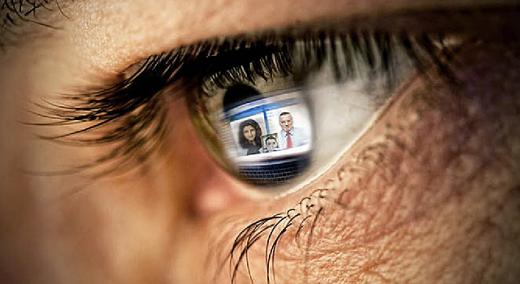Body
As the Covid-19 pandemic forces many U.S. colleges and universities to move their courses online, connecting online via video is now having its moment.
|
ADVERTISEMENT |
Family, friends, neighbors, and even TV talk-show hosts are now meeting and broadcasting from home. Meanwhile, Microsoft, Google, and Zoom are struggling to meet the demand for their videoconferencing services.
…
Want to continue?
Log in or create a FREE account.
By logging in you agree to receive communication from Quality Digest.
Privacy Policy.

Add new comment